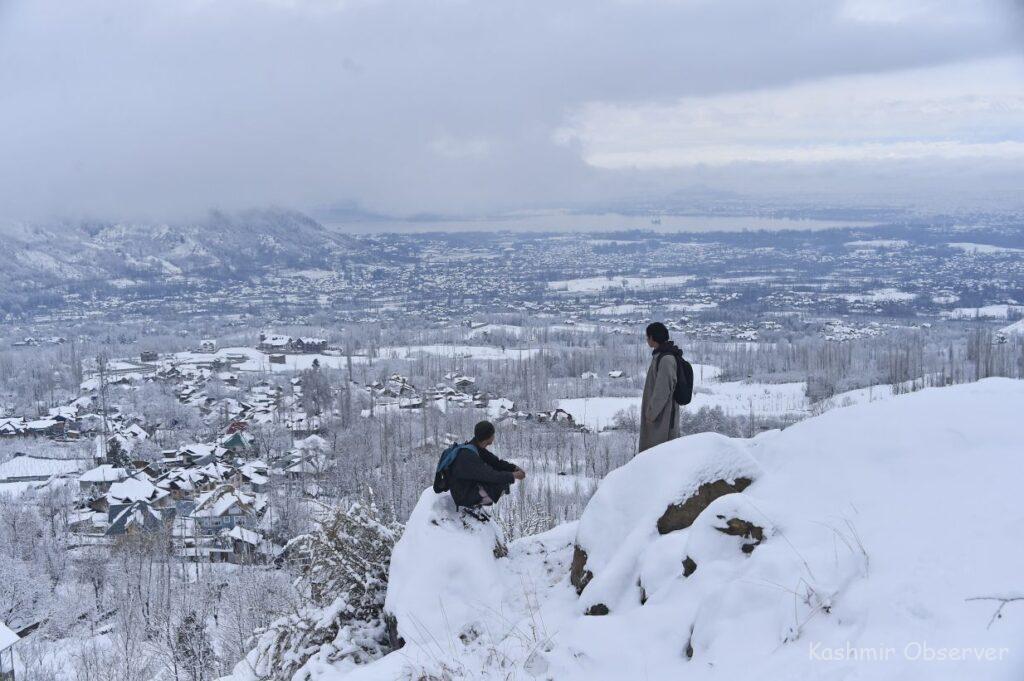
Kashmir has always been well-known for its stunning beauty and the simple joys that define living in the area. Recollections from my early years in Kashmir are a delightful combination of fondness, companionship, and a profound sense of unity. An essential aspect of this intriguing mixture is the magical arrival of snow, which impacts the lives of the people living there, especially the lovely children.
The onset of snowfall in Kashmir is not just a shift in weather; it is a festive event profoundly ingrained in the local customs. Children eagerly await the first snowfall, turning the landscape into a snowy playground. Kids giggle while engaging in snowball fights and building snowmen, creating cherished memories.
However, the sad reality is that snowfall has decreased, turning what was once a frequent event into a rare and incredible occurrence. Let us be serious: Climate change presents a notable danger since increasing temperatures are changing the fragile equilibrium of ecosystems in the valley. Fast urban growth has begun to cause habitat degradation and soil erosion, putting Kashmir’s diverse range of plants and animals at risk. Furthermore, pollution caused by industries and vehicle emissions has increased like anything. It threatens the health of the environment and the people living in the valley.
We should not take it lightly that the snowfall reduction changes Kashmir’s appearance and affects its water sources. Kashmir relies heavily on snow melting for its water supply, and less snowfall may result in lower water levels in rivers and lakes. It may mean the summer will be full of water crises if the situation continues. This has also resulted in a growing acknowledgement of the importance of water conservation. As we witness decreased snow results, we must acknowledge our role in this natural shift. As a society, we have engaged with nature in harmful ways, and now it seems that nature is responding unfavourably to us.
In the middle of the significant hurdles, however, there is optimism. Basic yet efficient steps can be made to reduce the extent of environmental damage and protect the natural beauty of Kashmir for future generations. More afforestation is the need of the time. There is a need to adopt sustainable development practices to ensure progress does not harm the environment. In addition, strict rules can be implemented to reduce pollution from industry and cars while encouraging renewable energy alternatives.
Education and awareness initiatives enable local populations to take care of their environment, promoting a feeling of duty and satisfaction in the natural heritage of Kashmir. Through combined effort and collaborative action, we can protect the beauty and abundance of our land, guaranteeing that its magnificence continues for future generations.
Dr. Shahid Amin
Follow this link to join our WhatsApp group: Join Now
Be Part of Quality Journalism |
Quality journalism takes a lot of time, money and hard work to produce and despite all the hardships we still do it. Our reporters and editors are working overtime in Kashmir and beyond to cover what you care about, break big stories, and expose injustices that can change lives. Today more people are reading Kashmir Observer than ever, but only a handful are paying while advertising revenues are falling fast. |
| ACT NOW |
| MONTHLY | Rs 100 | |
| YEARLY | Rs 1000 | |
| LIFETIME | Rs 10000 | |












